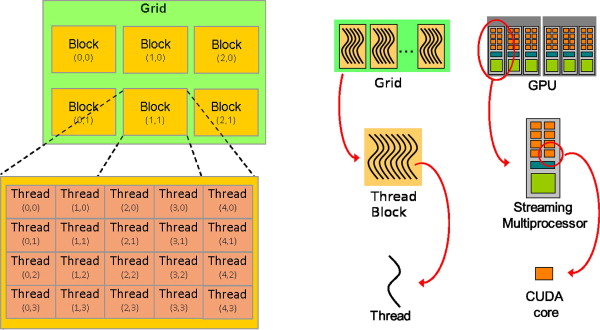GPU accelerated flow solver for direct numerical simulation of turbulent flows
- /
- News
- /
- GPU accelerated flow solver...

Francesco Salvadore (Cineca), Matteo Bernardini (Sapienza, Università di Roma), Michela Botti (Cineca)
Graphical processing units (GPUs), characterized by significant computing performance, are nowadays very appealing for the solution of computationally demanding tasks in a wide variety of scientific applications. However, to run on GPUs, existing codes need to be ported and optimized, a procedure which is not yet standardized and may require non trivial efforts, even to high-performance computing specialists. In the present paper we accurately describe the porting to CUDA (Compute Unified Device Architecture) of a finite-difference compressible Navier–Stokes solver, suitable for direct numerical simulation (DNS) of turbulent flows. Porting and validation processes are illustrated in detail, with emphasis on computational strategies and techniques that can be applied to overcome typical bottlenecks arising from the porting of common computational fluid dynamics solvers. We demonstrate that a careful optimization work is crucial to get the highest performance from GPU accelerators. The results show that the overall speedup of one NVIDIA Tesla S2070 GPU is approximately 22 compared with one AMD Opteron 2352 Barcelona chip and 11 compared with one Intel Xeon X5650 Westmere core. The potential of GPU devices in the simulation of unsteady three-dimensional turbulent flows is proved by performing a DNS of a spatially evolving compressible mixing layer.
Keywords: GPU; CUDA; Direct numerical simulation; Compressible flow; Compressible mixing layer
Read article on Journal of Computational Physics, Volume 235, 15 February 2013, Pages 129–142